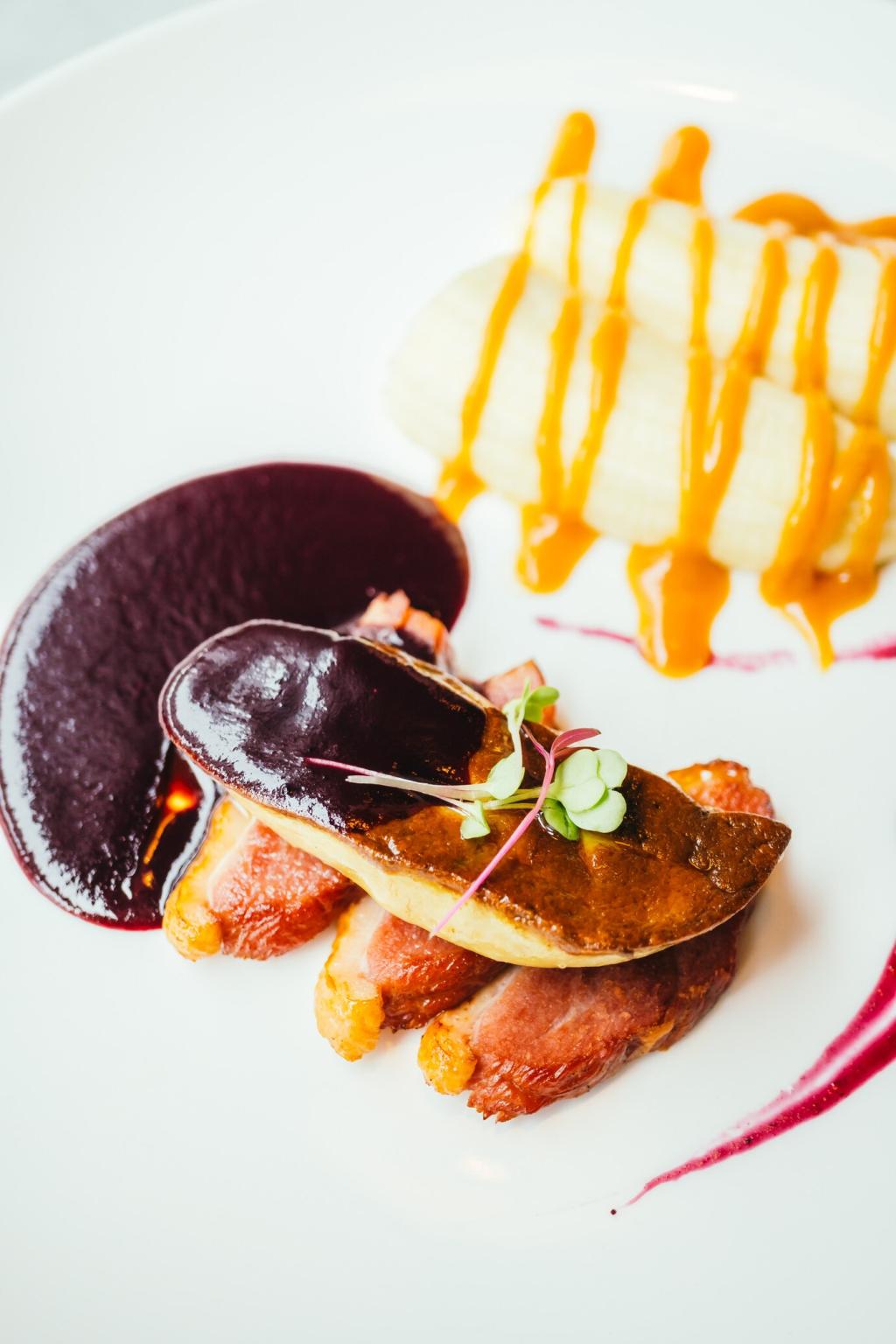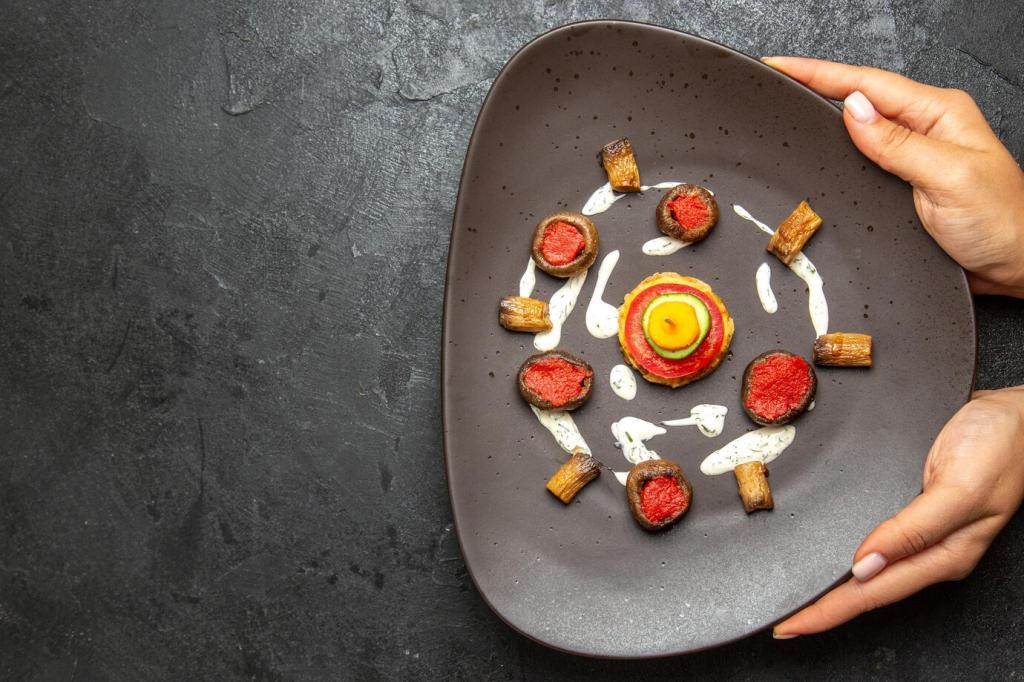Recipes as Plot and Structure
Laura Esquivel’s Like Water for Chocolate frames each chapter with a recipe, folding technique into fate. As ingredients combine, so do desires and disasters, proving that a list of steps can hide a beating heart and an improbable, unforgettable ending.
Recipes as Plot and Structure
Cookbook-memoirs and food-rich novels often earn splatters on their pages—the reader’s unofficial annotation. Those stains tell a parallel story: experiments gone wrong, feasts shared, midnight snacks negotiated. Literature becomes edible evidence, and the kitchen becomes a reading room with better lighting.




